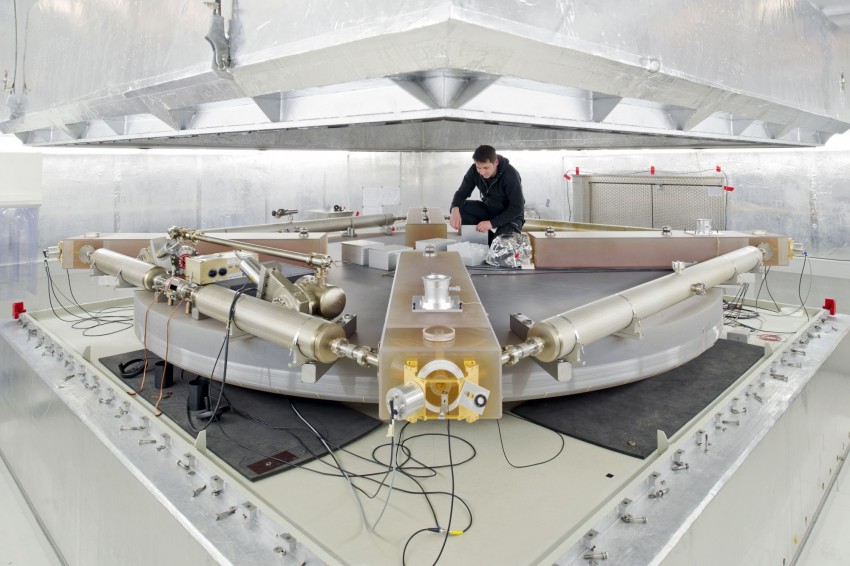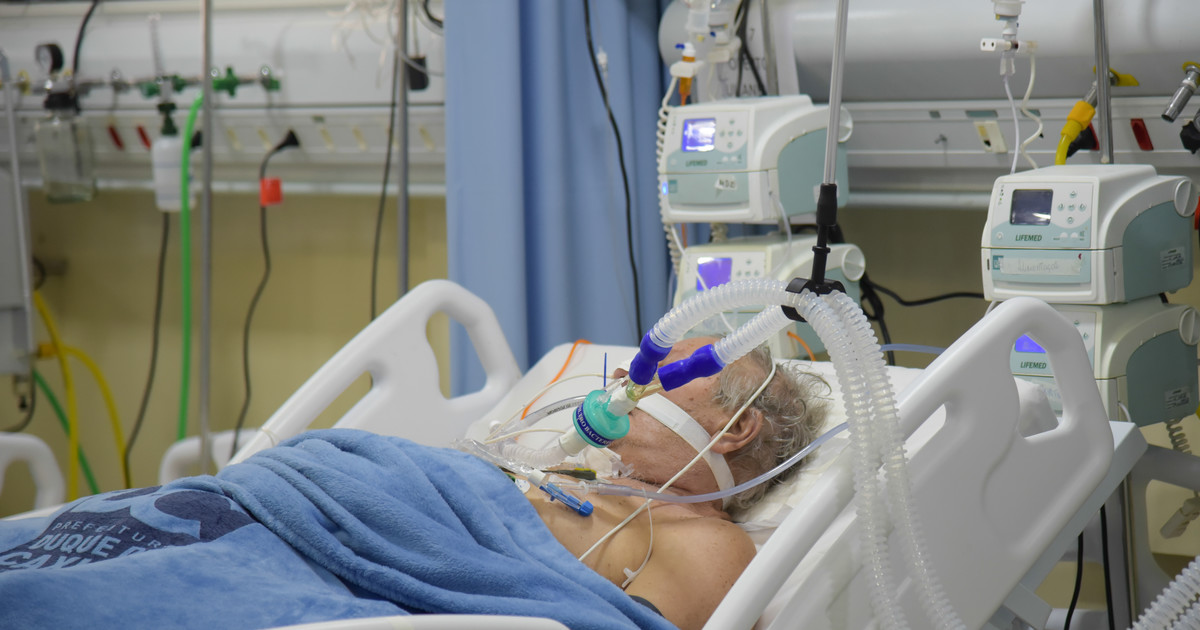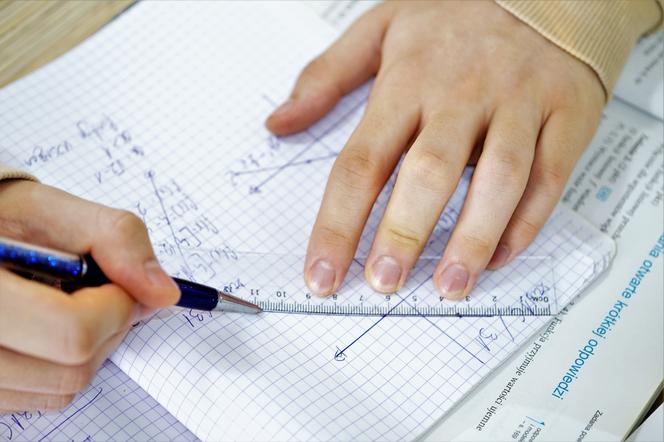At the Technical University of Munich Finished The first measurements of daily changes in the Earth’s rotation speed. This has been made possible thanks to the improvement of the ring laser interferometer at the Wetzel Geodetic Observatory, which records data with unprecedented precision. These measurements will be used to determine our planet’s precise location in space, which will benefit climate research and improve climate models.
As we know, the Earth rotates around its axis. However, the planet is not a homogeneous solid, the mass is not evenly distributed, and some parts of it are liquid and others are solid. The Earth’s interior is in constant motion, which changes the distribution of mass on the planet. This in turn leads to the phenomenon of Chandler oscillation, during which the Earth’s axis changes position slightly, leading to changes in the Earth’s rotation rate. Changes in rotation rates are important for more than just astronomy. We need these types of measurements to improve climate models and better understand phenomena like El Niño. The more accurate the data we have, the more accurate our predictions becomesays Professor Ulrich Schreiber, who leads the research.
While improving the Wetzel Geodetic Observatory, scientists had to find a balance between size and stability. The larger the interferometer, the more accurate the measurement, but as the size increases, more and more stability problems appear, and this negatively affects the measurement accuracy. Another challenge was ensuring symmetry between the two opposing laser beams. Accurate measurements can be made if the wave propagation of both lasers is almost identical. However, the design of the device itself means that there will always be some inconsistency between the rays. Therefore, over the past four years, scientists have used a special theoretical model thanks to which they discovered asymmetries and learned to remove them from their measurements.
This effort has paid off. The improved interferometer allows measurements to be made with an accuracy of up to 9 decimal places – which translates to milliseconds per day – every three hours. Getting such precision for a standalone laser ring is new. Unlike other measuring systems, our device operates completely autonomously and does not require a reference point in space. Traditional systems use star or satellite measurements. We are independent from them and at the same time provide very accurate data“, explains Professor Urs Hugentobler.
The device used for the measurements, a ring laser interferometer, consists of lasers and four mirrors surrounded by a resonator. It protects the whole from changes in length caused by temperature fluctuations. Inside is a mixture of helium and neon, which excites two laser beams running in opposite directions. If the Earth were not moving, both rays would travel the same distance. However, it is moving, which means one of the lasers must chase the moving mirrors as they approach the other mirror. Therefore, rays of different lengths travel between the mirrors. This causes differences in the frequency of the rays, and the superposition of this difference can be measured very precisely. The faster the Earth’s rotation, the greater the difference in frequency. At the equator, the Earth rotates at a rate of 15 degrees per hour. In the laser ring, this generates a signal with a frequency of 348.5 Hz, and daily changes in speed are manifested by changes in this value by 1-3 microHz.
Each side of the laser ring is 4 meters long. The structure is connected to a concrete column resting on a layer of rock at a depth of six meters. This ensures that the laser beams are only affected by the Earth’s rotation. Everything is housed in a pressure- and temperature-controlled chamber, and the lab itself is placed under an artificial hill at a depth of 5 metres.

Echo Richards embodies a personality that is a delightful contradiction: a humble musicaholic who never brags about her expansive knowledge of both classic and contemporary tunes. Infuriatingly modest, one would never know from a mere conversation how deeply entrenched she is in the world of music. This passion seamlessly translates into her problem-solving skills, with Echo often drawing inspiration from melodies and rhythms. A voracious reader, she dives deep into literature, using stories to influence her own hardcore writing. Her spirited advocacy for alcohol isn’t about mere indulgence, but about celebrating life’s poignant moments.









